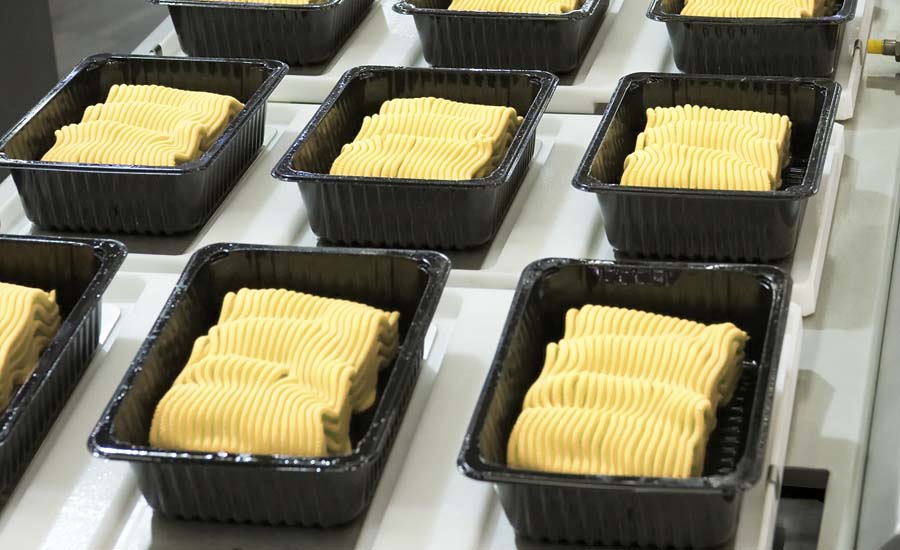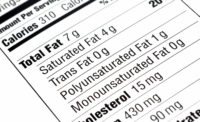Demand for meat, poultry and seafood packaging is projected to increase 3.8% annually to $10.9 billion in 2019, according to “Meat, Poultry & Seafood Packaging,”a study produced by The Freedonia Group, Inc., a Cleveland, Ohio-based industry market research firm.
Advances will be driven by population gains, increased meat, poultry and seafood production, growth in the foodservice sector and export opportunities. In addition, demand will be supported by continued solid prospects for prepared foods, items in smaller and more convenient sizes and packaging formats that make food preparation easier and faster.
Flexible packaging demand growth will outpace that of rigid packaging, reflecting performance and sustainability advantages, which will promote above average increases for pouches and high-barrier films.
Vacuum pouches will see expanded usage with fresh, frozen and processed items, while stand-up pouches will make further inroads into folding carton applications based on advantages such as large billboard space, light weight and reduced material use.
“The prevalence of case-ready meats, which use modified atmosphere packaging (MAP) and vacuum packaging, will drive gains for barrier films,” says Esther Palevsky, an analyst for the study.
Meanwhile, rigid packaging demand growth will be held back by the maturity of folding cartons and metal cans, along with competitive drawbacks vs. flexible packaging. Plastic containers will see the fastest growth among rigid packaging types, benefiting from the widening range of prepared meat and poultry items in supermarkets, warehouse club stores and other retail outlets.
Despite healthy growth, plastic containers will face increased competition from lower cost packaging formats such as windowed bags and handled pouches with prepared foods.
Corrugated boxes, by far the largest rigid packaging type, will benefit from continuing requirements for shipping boxes and the use of higher value moisture-resistant boxes and/or modular boxes for case-ready meats.






